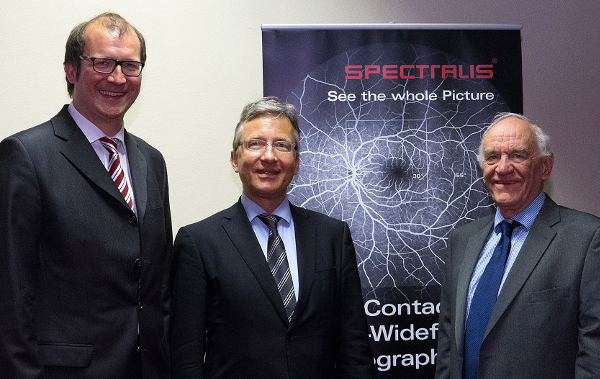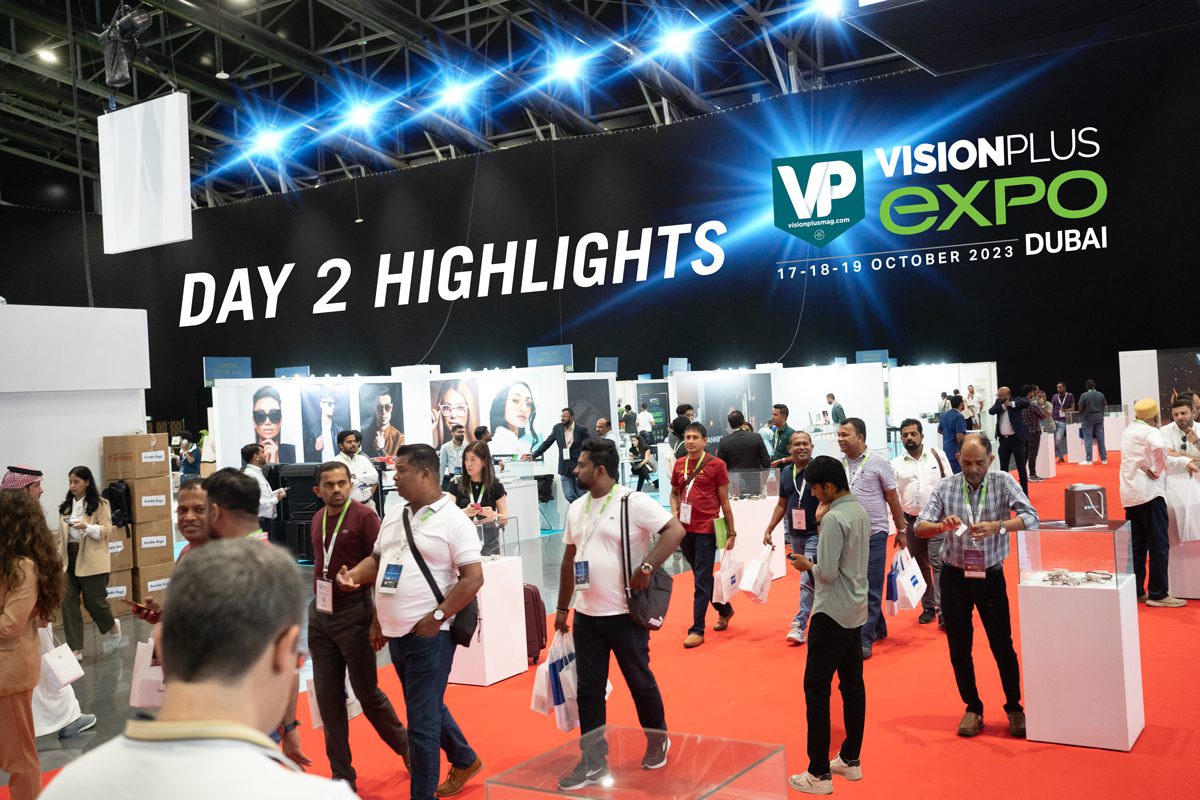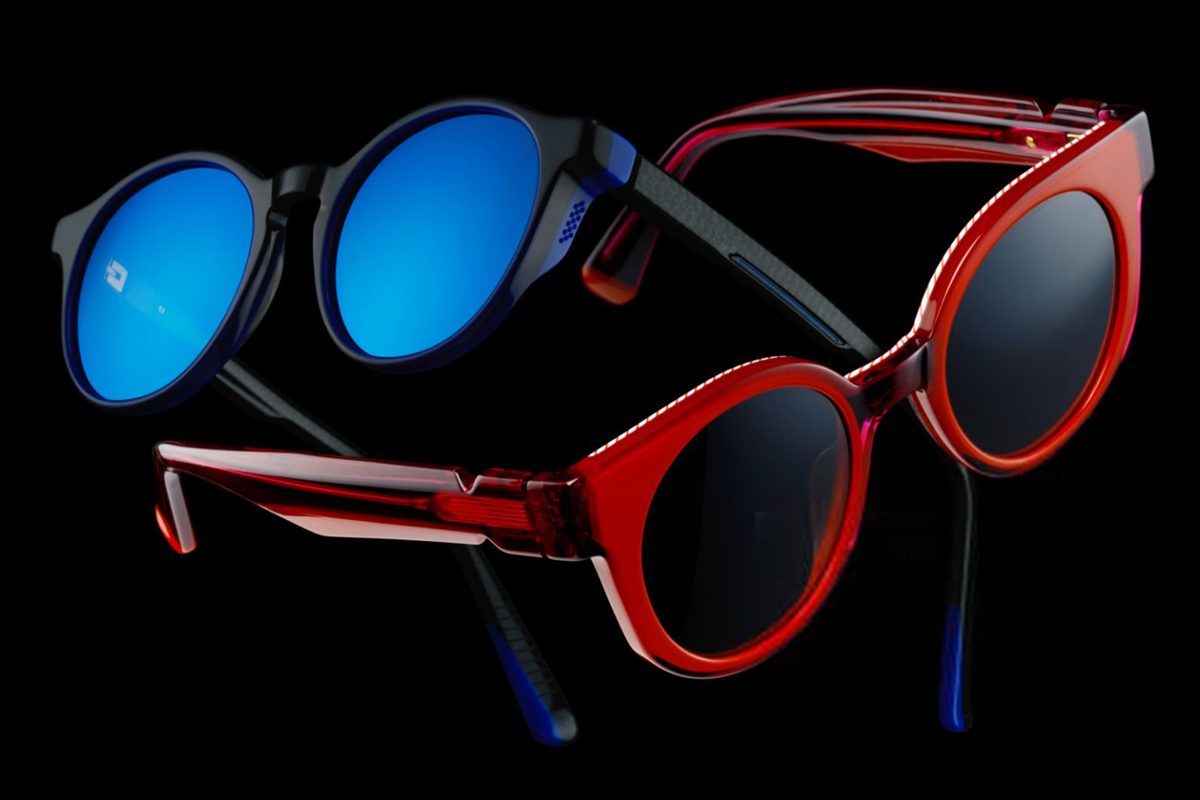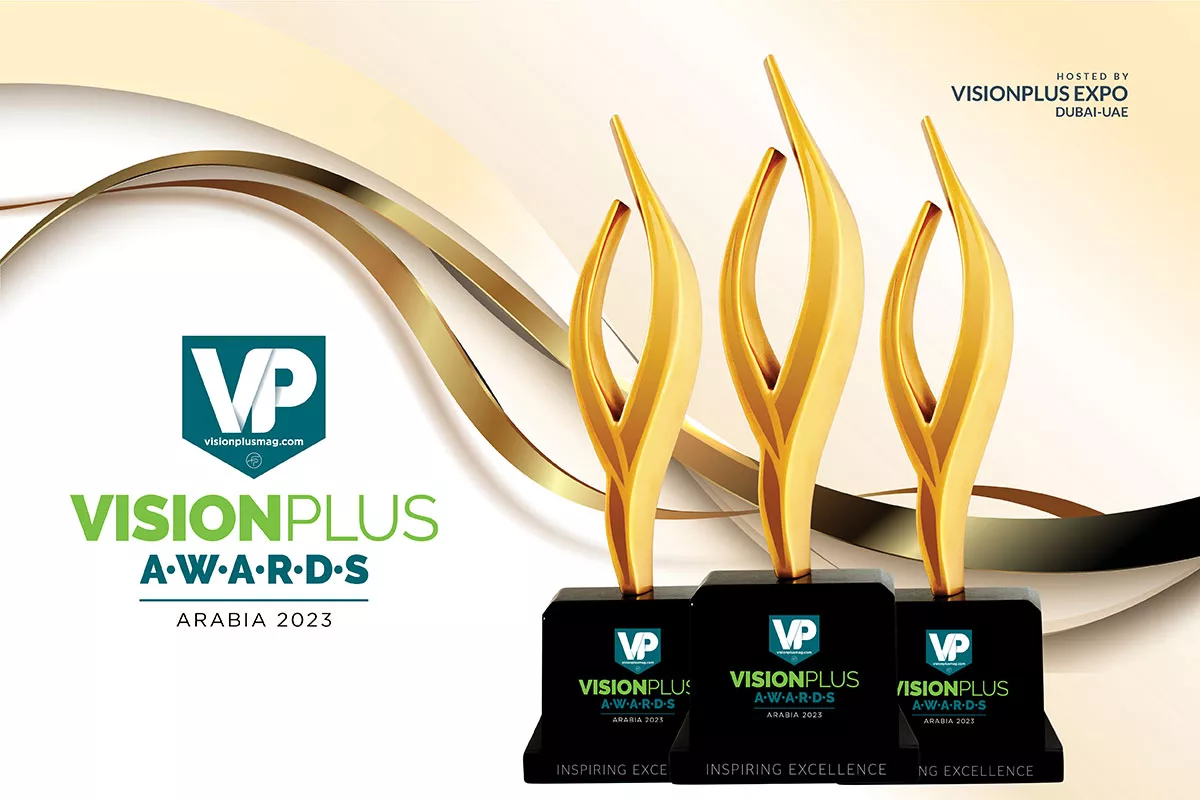The masterclass was a great night for multi-modality imaging and the wide range of applications in which the Spectralis proves its value

The Heidelberg Masterclass, staged alongside The College of Ophthalmologists’ conference was held in Birmingham on May 20th, 2014. This was the perfect opportunity for Spectralis OCT users from the UK, along with international colleagues to unite.
Chaired by Professor Alan Bird, the open forum for the 75 delegates brought an unrivalled opportunity to share knowledge in advanced imaging techniques and to discuss complex diagnoses. According to Christopher Mody, Heidelberg Engineering Clinical Programme Manager, “The 3rd Annual Heidelberg Academy Masterclass, demonstrated our high levels of educational support and partnership with the profession, further uniting the medical retinal fraternity.”
The evening commenced with Dr Stephan Schultz, Head of the Heidelberg Engineering Academy, outlining the NASA ocular health study and use of the Spectralis OCT to monitor the retina of astronauts taking part in missions to the international space station (ISS). He told delegates that optic disc oedema, globe flattening, choroidal folds, cotton wool spots and RNFL thickening had all been detected and are being carefully monitored.
He said, “This ocular health study is questioning the role of increased cranial pressure as a risk to eye health in space travel. We are certainly extremely proud that we are the only OCT in space.“ Stephan also added that the Academy and Masterclass “allows advanced level discussions and the informal nature creates an atmosphere where people feel confident to voice opinions and where specialised exchanges flow freely”.
Back to terrestrial eye examinations, Professor Frank Holz from Bonn, who trained with Professor Alan Bird at Moorfields, stressed that the new imaging technologies are “a pre-requisite for personalised medicine with better outcomes and more efficacious therapies”.
He said that multi-modality imaging provided the means for refined pheno-typing, a means to identify different underlying biology and to develop specific pathways of treatment.
Challenging cases were presented from round the UK – with the overall best case study winning a trip to the International Spectralis Symposium in Istanbul in October. The outstanding winner was Mariano Cozzi, a research photographer from the macular unit at Rugby Hospital, who was praised by the panel of judges for the clarity and comprehensive nature of his images. Mariano’s case study featured a 55 year old female with images captured using an ultra wide-field lens. “Multi-modality imaging was an essential tool in diagnosing the stellate, non-hereditary idiopathic foveomacular retinoschisis,” he said.
Dr Kirti Jasani from Royal Bolton Hospital detailed the case of a 78 year old lady who experienced sudden onset loss of vision in one eye, and demonstrated the benefits of MultiColor imaging with infrared revealing little, but the green and blue scans showing signs of dry AMD without vitreous changes.
Dr Elisa Carini, from Coventry and Warwickshire Trust, demonstrated the essential use of multi- modality imaging in the case of an 18 year old who had sudden reduced vision, and was found to have a leaking lesion treated successfully with oral steroids.
Indeed, the masterclass was a great night for multi-modality imaging and the wide range of applications in which the Spectralis proves its value.










